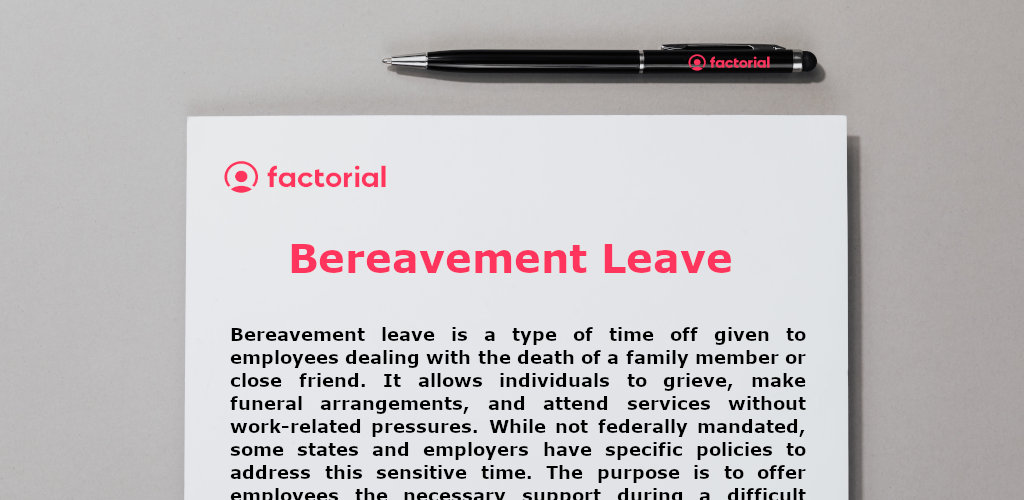The global pandemic has resulted in a number of changes to the employment sector. For one thing, hybrid work models and virtual interview processes have become the norm for many organizations. Many business leaders have also had to update their hiring and recruiting process in line with evolving talent and market demands. One such example is the increasing value placed on the job requisition process.
Job requisitions help companies prioritize their hiring needs and streamline their recruitment processes. They help you understand the specific vacancies you need to fill, and which profiles would be the right fit. Most importantly, they reduce your chances of hiring the wrong candidate.
Today we will be taking a look at what a job requisition is and why you need to include a job req in your recruitment process. We will also share a guide to help you write a detailed requisition that helps you find the right person for the job, every time.
Job Requisition Meaning: What Is “Job Req”?
A job requisition, also known as a job req (in case you were wondering “Is it job rec or req?”), is a formal request to create a new position within a company. Put simply, it is a document that outlines what the position is, what responsibilities the role would have, why the new position is needed and how a new hire would benefit a department or the business as a whole.
Hiring managers complete a job requisition when they need to create a new position or fill an existing vacancy. It is often considered the first step of the internal and external recruitment process. A job requisition can be created using a simple form or with templates from an Applicant Tracking System (ATS).
Think of a job requisition as a tool your managers can use to justify why a new position is needed. Once you approve a requisition, your hiring manager can start looking for suitable candidates using the right recruitment strategy.
The information contained in the document can also be a great tool for writing the perfect job ad. The aim is that recruiters can use all the information contained to search the talent pool and find the right fit for the company so that an employment offer letter can be issued.
Difference Between a Position Description and a Requisition
Now that we’ve looked at the requisition meaning in recruitment, let’s take a look at the difference between a job position or description and an employee requisition.
As we saw above, a job requisition is a written request to create a new position or request a new hire. Although a requisition usually outlines the ideal candidate’s desired characteristics and qualifications, it goes far beyond a job description.
A job requisition usually includes:
- Job title
- Description of the position
- Name of the manager requesting the hire
- Department the role would belong to
- Whether the position is full-time or part-time, permanent or temporary
- Preferred start date
- Salary range, hourly rate, or pay grade
- Whether the role has already been included in the budget
- Reasons for requesting the new hire
- How the position will benefit the department and/or company
In contrast, a job description is more concerned with outlining the specific functions and responsibilities of a position. This includes the required skills, qualifications, and characteristics of a suitable candidate. It doesn’t include any information relating to reasons for hiring or budgetary restrictions.
Why Are Job Requisition Forms Important?
Here are just a few of the benefits of creating a process for requisition management in HR in your company:
- A job requisition form is an effective tool that your department managers can use to request new hires. This helps your departments avoid understaffing or overstaffing issues. It can also facilitate internal mobility and make it easier to establish if returning boomerang employees are suitable for a role.
- The information gathered helps you manage a successful hire. By including the form in your hiring process checklist, you know why a role is needed and you can align the job posting accordingly. This is especially helpful if some of your teams work remotely and rely on virtual recruiting processes.
- A comprehensive form also helps your recruiters understand what candidate they should be looking for during the recruitment process. They know exactly how to conduct an interview and ask the right questions. And because you know exactly what you are looking for, you can request blind CVs and select the right candidate without any risk of discrimination.
- You can assign requisition titles to individual forms and store them in your HR system. This is a great tool for your audits and helps you ensure compliance with labor and financial regulations.
- Tracking your job requisitions also makes it easier for you to measure and monitor new hire metrics like time to hire. It also makes it easier to manage budgets and track hiring costs.
Hiring Reqs: How to Write a Job Requisition Form
Whether or not your job requisition form helps your hiring managers will depend on the information you request. The aim is to get as much useful information as possible so that you know exactly what you are looking for – the specific hiring reqs for each position.
Here are the most important steps that your managers should be following as part of your job requisition process.
Prepare Your Case
The first step before you complete a job req form is preparation.
Why do you need to fill a position? Is it down to increased workload or has the focus of your department evolved? How will the new position impact productivity? What about the impact on the rest of the team?
Your managers need to be able to justify why they need to fill a vacancy or open up a new position. They need to provide clear metrics and goals that will demonstrate how a new employee will help them meet organizational needs and provide a net gain for the business.
Do Your Research
The next step involves doing a bit of market research. What skills and experience will you need? What is the going rate for similar positions?
Make sure your managers research similar ads on job boards to see what candidate expectations are and how they will impact your budget if you take on a new employee.

Write a Detailed Job Description
Your job req form should also include a section where managers can include a detailed job description outlining all functions and duties. This will help you understand the added value the potential new hire will bring. It will also serve as the basis of your job postings so that your hiring managers know the type of candidates they should be looking for.
Make sure your managers are realistic at the requirements of the job and the experience potential candidates will need so that you appeal to a broader range of potential candidates.
Present Your Case
Finally, the main aim of a job requisition form is to justify why you need a new hire. Highlight what the immediate, short, medium and long-term benefits of hiring someone new will be. What with the role achieve? What will happen to the department if the role isn’t filled?
Use these benefits to justify costs, salary, and benefits. Make sure the argument is convincing and based on specific goals and metrics.
Requisition Management in HR
Although your managers will usually be the ones to complete a job requisition form, it is up to you as HR to manage the job req process. You will also need to consult with your finance department, especially if hiring costs or proposed salaries fall outside of the budget.
You can handle your HR requisition management process in a number of ways. Most companies, however, rely on software to automate and streamline the process.
For example, you can manage your job requisitions through an Applicant Tracking System (ATS) or Human Resource Information System (HRIS). Your department managers can complete forms from a centralized platform and send them directly to you. And aside from being a fast and effective system for managing your requisition forms, you can also monitor requests at each stage of the requisition process. Plus, you get key hiring metrics that you can use to make informed decisions based on the right people analytics.
Whether you use templates from an ATS or rely on offline job requisition forms, make sure you detail and define the process in your hiring checklist. If you don’t already have one of these, you can download Factorial’s hiring checklist for free so that you don’t miss any important steps.








